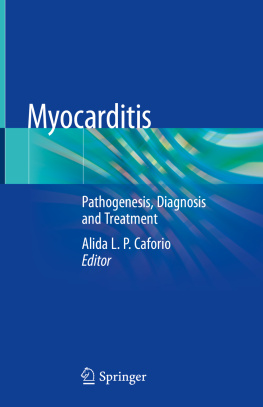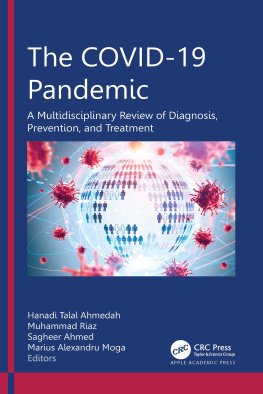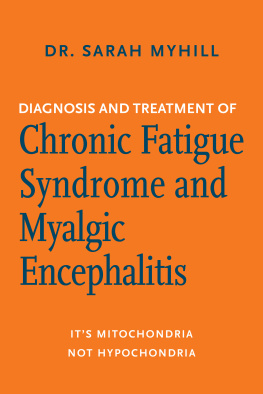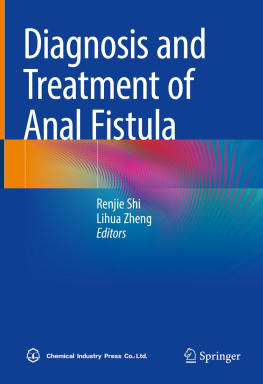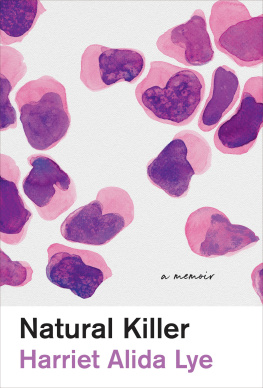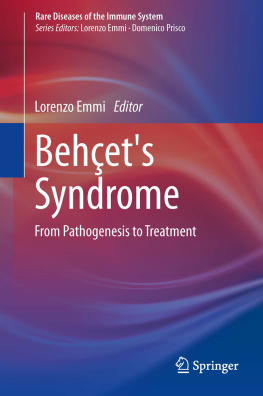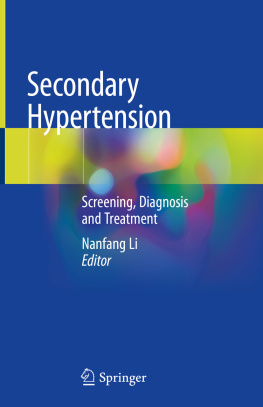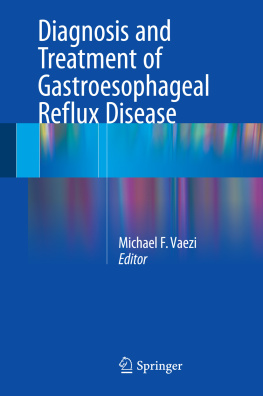Alida L. P. Caforio - Pathogenesis, Diagnosis and Treatment
Here you can read online Alida L. P. Caforio - Pathogenesis, Diagnosis and Treatment full text of the book (entire story) in english for free. Download pdf and epub, get meaning, cover and reviews about this ebook. year: 2020, publisher: Springer International Publishing, genre: Romance novel. Description of the work, (preface) as well as reviews are available. Best literature library LitArk.com created for fans of good reading and offers a wide selection of genres:
Romance novel
Science fiction
Adventure
Detective
Science
History
Home and family
Prose
Art
Politics
Computer
Non-fiction
Religion
Business
Children
Humor
Choose a favorite category and find really read worthwhile books. Enjoy immersion in the world of imagination, feel the emotions of the characters or learn something new for yourself, make an fascinating discovery.
- Book:Pathogenesis, Diagnosis and Treatment
- Author:
- Publisher:Springer International Publishing
- Genre:
- Year:2020
- Rating:3 / 5
- Favourites:Add to favourites
- Your mark:
- 60
- 1
- 2
- 3
- 4
- 5
Pathogenesis, Diagnosis and Treatment: summary, description and annotation
We offer to read an annotation, description, summary or preface (depends on what the author of the book "Pathogenesis, Diagnosis and Treatment" wrote himself). If you haven't found the necessary information about the book — write in the comments, we will try to find it.
Pathogenesis, Diagnosis and Treatment — read online for free the complete book (whole text) full work
Below is the text of the book, divided by pages. System saving the place of the last page read, allows you to conveniently read the book "Pathogenesis, Diagnosis and Treatment" online for free, without having to search again every time where you left off. Put a bookmark, and you can go to the page where you finished reading at any time.
Font size:
Interval:
Bookmark:
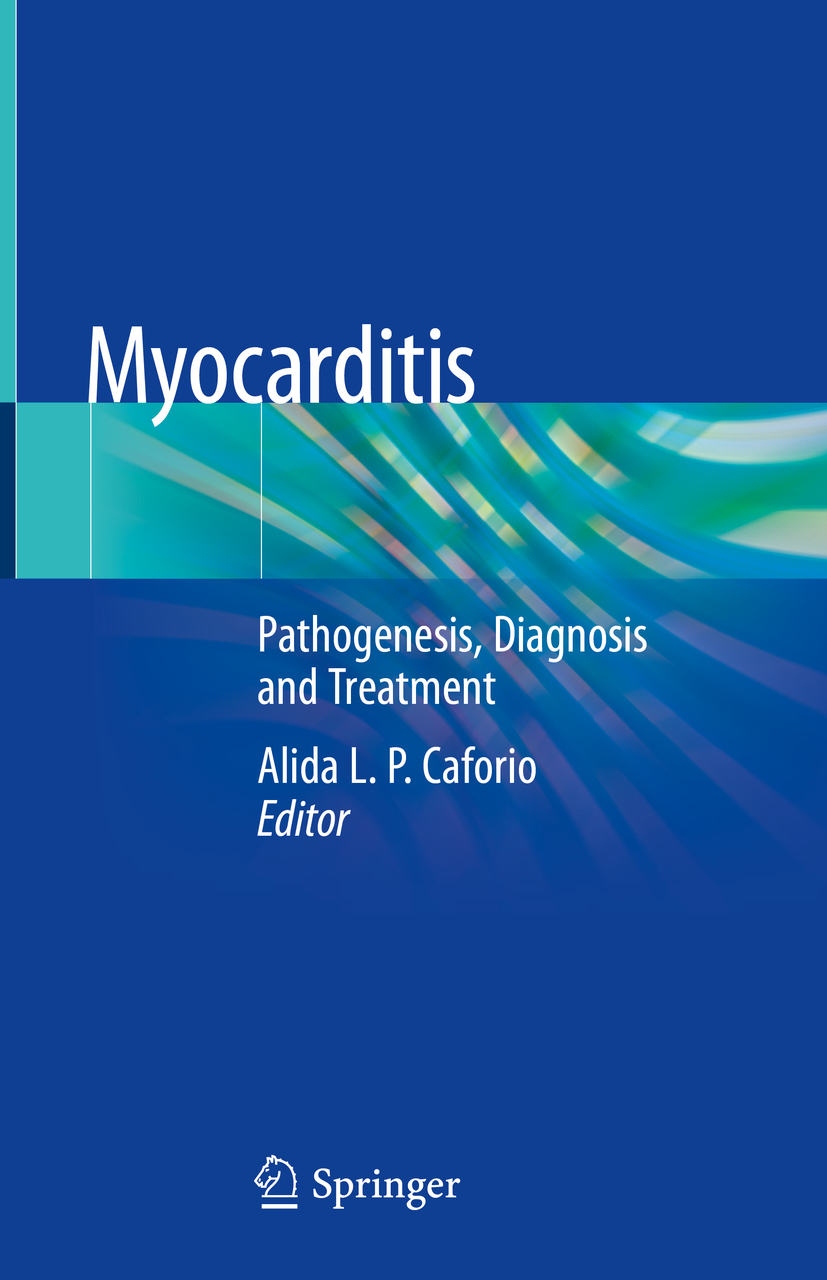

This Springer imprint is published by the registered company Springer Nature Switzerland AG
The registered company address is: Gewerbestrasse 11, 6330 Cham, Switzerland
There are three phases to treatment: diagnosis, diagnosis and diagnosis. William Osler W. (1892)Principles and Practice of Medicine
William Osler, with this serendipitous sentence, stated, back in 1892, in his Medicine textbook: There are three phases to treatment: diagnosis, diagnosis and diagnosis. This sentence clearly applies to modern medicine, pointing out that, even nowadays, with the wide armamentarium of sophisticated imaging and molecular diagnostic tools, optimal, personalized clinical management is based upon an accurate etiopathogenetic diagnosis. Traditionally, myocarditis has been considered a rare and poorly understood condition and a diagnostic challenge for the clinician. There has been also wide skepticism in the cardiology community on the possibility to cure the disease. As a matter of fact, myocarditis is not rare and does not have a pathognomonic presentation, mimicking many noninflammatory cardiac diseases. Prognosis is also very heterogeneous, ranging from spontaneous resolution to progressive heart failure, development of burned-out dilated cardiomyopathy, and death or heart transplantation. Typically myocarditis affects the young with a predilection for male gender, although it may occur at any age. The first comprehensive studies with a modern approach to etiopathogenesis were published in 1980 by Woodroof JF, who highlighted the etiological role of Coxsackieviruses and of the immune system in the progression of cardiac damage, with possible evolution to a dilated cardiomyopathy. A major advance in diagnosis was the development of the endomyocardial biopsy technique using the Kings bioptome by Richardson. Another fundamental advance was the publication of a consensus histopathological classification and definition of myocarditis by endomyocardial biopsy findings, known as the Dallas criteria. Meanwhile, the first experimental observations were made, suggesting the involvement of autoimmunity to cardiac self-antigens; a mouse model for myosin-induced autoimmune myocarditis was described by Neu et al. Subsequently, various groups in the late 1980s and early 1990s reported the presence of circulating anti-heart autoantibodies against myosin as well as other self-antigens in acute and chronic myocarditis or dilated cardiomyopathy, in keeping with the hypothesis of autoimmunity being involved in a substantial proportion of patients. A retrospective multicenter registry from the USA by Cooper et al. reported for the first time the efficacy of combined immunosuppressive therapy in a rare but lethal form of myocarditis, e.g., giant cell myocarditis, that is currently considered the prototype of autoimmune myocarditis and that currently, if a biopsy-proven diagnosis is achieved early, has better prognosis on immunosuppression. The multicenter Myocarditis Treatment Trial was designed using the Dallas criteria to recruit myocarditis patients to 6 months immunosuppression; the therapy with azathioprine and prednisone or cyclosporine A and prednisone was well tolerated, and no significant effect on survival was observed, although the study was not powered to detect differences in survival. The results of the trial strongly discouraged cardiologists in the next decades on the use of endomyocardial biopsy to detect and treat myocarditis. However, researchers developed new diagnostic tools to be added to standard histology, in particular immunohistochemistry, to increase sensitivity of endomyocardial biopsy and characterize the number and type of infiltrating inflammatory cells, and molecular detection of genomic material of infectious agents mainly by polymerase chain reaction (PCR), to diagnose infectious, particularly viral myocarditis. This work led to another major step forward, e.g., the 1995 WHO classification of cardiomyopathies, with the acknowledgment that myocarditis is diagnosed on endomyocardial biopsy by established histological, immunological, and immunohistochemical criteria; molecular techniques on EMB were recommended to identify viral etiology. In the WHO classification, infectious, autoimmune, and idiopathic forms of myocarditis are recognized that may lead to dilated cardiomyopathy. Using serum cardiac autoantibody testing as well as histology, immunohistology, and viral PCR on endomyocardial biopsy, it is nowadays possible to define distinct etiopathogenetic subsets of myocarditis, in particular infectious versus immune-mediated, e.g., infection-negative forms. This characterization is key to define who are the infection-negative cases in which immunosuppression and immunomodulation may be beneficial. Conversely, immunosuppression and immunomodulation are contraindicated in patients with active myocardial infection. In this regard, we propose here, for the first time, a patient safety checklist before the introduction of immunosuppressive therapy in autoimmune biopsy-proven myocarditis. In the last years, another advance has been the development of cardiovascular magnetic resonance imaging (CMR) as a noninvasive imaging tool in inflammatory heart muscle disease. CMR does not replace endomyocardial biopsy; it is currently unable to differentiate between infectious and immune-mediated forms, but is valuable to refine the clinical suspicion of myocarditis and for noninvasive follow-up. These concepts were summarized by the 2013 European Myocarditis Task Force that produced the first consensus document on myocarditis, helping in the design of future multicenter trials of etiology-directed treatment, according to homogeneous consensus criteria.
Font size:
Interval:
Bookmark:
Similar books «Pathogenesis, Diagnosis and Treatment»
Look at similar books to Pathogenesis, Diagnosis and Treatment. We have selected literature similar in name and meaning in the hope of providing readers with more options to find new, interesting, not yet read works.
Discussion, reviews of the book Pathogenesis, Diagnosis and Treatment and just readers' own opinions. Leave your comments, write what you think about the work, its meaning or the main characters. Specify what exactly you liked and what you didn't like, and why you think so.

